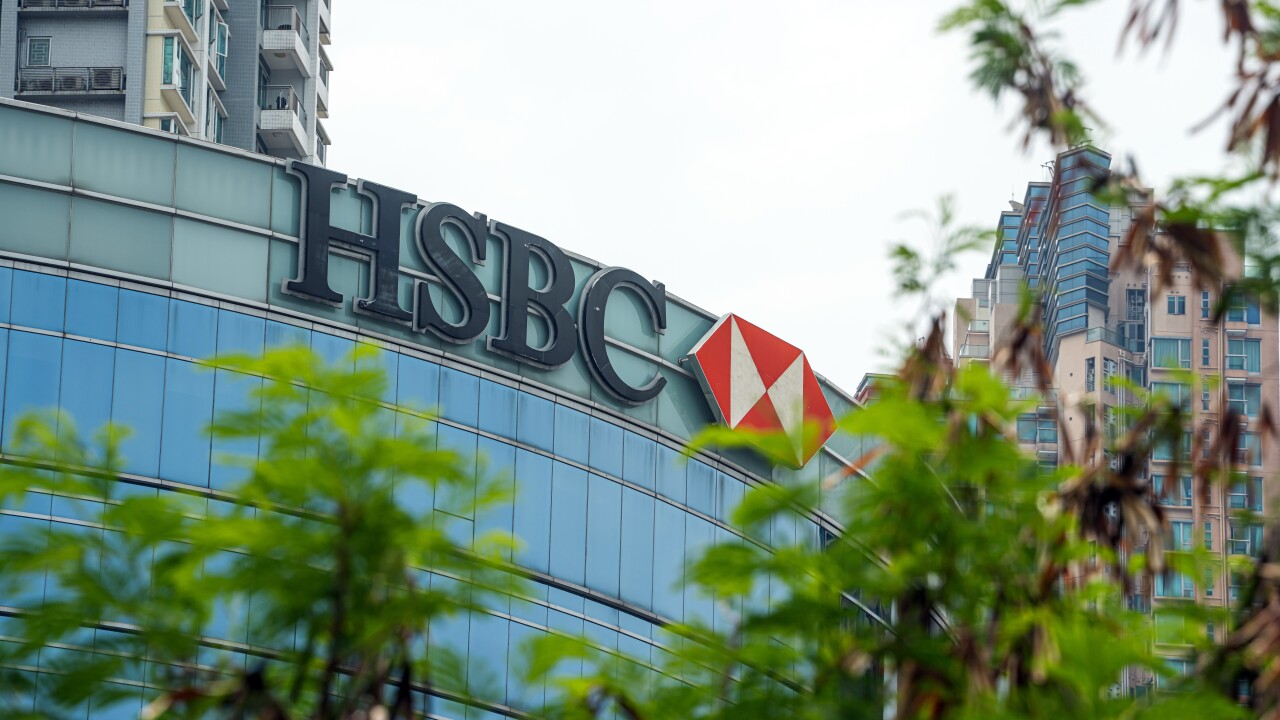-
Executives of PacWest had become frustrated with the shortcomings of traditional, deposit-heavy banks when seeking M&A targets. They reached instead for the prospect of loan growth provided by commercial financier CapitalSource.
July 23 -
PacWest Bancorp in Los Angeles reported higher quarterly earnings, driven by asset gains from a recent acquisition.
October 22 -
PacWest Bancorp in Los Angeles reported higher quarterly earnings aided by its acquisition of CapitalSource.
July 22 -
Pacific Continental in Eugene, Ore., has agreed to buy Capital Pacific Bancorp in Portland, Ore.
November 20 -
First Financial in Cincinnati instituted a full pay-out of earnings in August. Although investors were happy with the move, the company has been swarmed with questions over how long it plans to keep the payout. Last week, the company committed to it until the end of 2013.
April 30
CapitalSource is living up to its name now that it is part of PacWest Bancorp.
Just a few quarters after
The company's
PacWest could look to use that capital for another transformational deal, but analysts said it is unlikely given limited selection and management's pickiness. To that end, PacWest has found a way to take the edge off announcing earlier this month that it would double its quarterly dividend to 50 cents a share.
"The first couple of quarters after CapitalSource have been good coming out of the gate," with capital accretion exceeding management's expectations, said Gary Tenner, an analyst at D.A. Davidson. "They are confident about where they are with their capital needs, and they're less inclined to do M&A, so it makes sense to give what they can back to shareholders."
Matt Wagner, PacWest's president and chief executive, did not return a call for comment, but he said in a press release that the company's "quarterly growth and earnings have been excellent and capital continues to build."
PacWest is "pleased that this increased regular quarterly dividend provides a solid return to our stockholders," he added.
The stock has reacted positively since the announcement, with shares trading at nearly $46 a share, up 8% from the day before the increase was unveiled.
The move to return more capital to shareholders was expected. Several analysts noted after the release of the company's third-quarter results that they expected either a dividend increase, a special dividend or both. Still, the move happened earlier than expected many observers said they thought it would be raised next year.
The decision to boost the dividend indicates how capital is being viewed on banks' balance sheets. While capital might be king, heavy weighs the proverbial crown when it is deemed excessive. The industry generally views a tangible common equity ratio of more than 8% to be considered high. PacWest's was 12.2% at Sept. 30.
Too much capital can be a drag on return on equity and, ultimately, stock price. A lower stock price can make it harder to use capital to make acquisitions.
PacWest is a bit of an outlier in that regard. Analysts said the company hasn't been penalized for having high capital ratios because of its profitability. Observers are willing to focus on PacWest's above average return on assets of 1.73%, rather than its 10% return on equity, which is close to the accepted industry benchmark. (Still, observers could also focus on the company's return of tangible equity, which was 15.76% at Sept. 30.)
"For most banks, this much capital would be a big drag, but PacWest has such a strong ROA," said Bob Ramsey, an analyst at FBR Capital Markets. "Most banks would be happy with an ROA of 1%."
The dividend hike also speaks potentially to an evolving regulatory environment. For instance, two other West Coast banks recently announced that regulators would allow them to upstream capital from the bank to the holding company.
"The regulators must feel pretty good about where the company is to let them increase the dividend payout," Ramsey said of PacWest.
Given that the new dividend will likely be outpaced by earnings growth, Ramsey said he thinks the company will also award a special dividend at some point.
Several other banks have turned to special dividends to help manage capital. First Financial Bancorp in Cincinnati used a
Executives of Pacific Continental in Eugene, Ore., said on Thursday that, with the
The PacWest dividend increase should average about a 70% earnings payout.
The increase is, however, reflective of PacWest's negative view of current M&A. Wagner and his company rarely host conference calls, typically don't present at investor conferences and do not grant interviews, so it hard to pinpoint PacWest's exact feelings about M&A, but analysts who regularly meet with management said the team is not interested.
Given CapitalSource's ability to generate new loans, PacWest could eventually look to buy an under-levered institution with a cheap cost of deposits, though that deal seems unlikely now, analysts said. Also, given the attractiveness of the PacWest-CapitalSource combination, the bar for future acquisitions has been raised.
"They are so profitable and are having a hard time justifying using their capital to deal to get a lower level of return," said Aaron James Deer, an analyst at Sandler O'Neill. "The question is, 'What can we acquire that is going to be accretive to that profitability?'"





